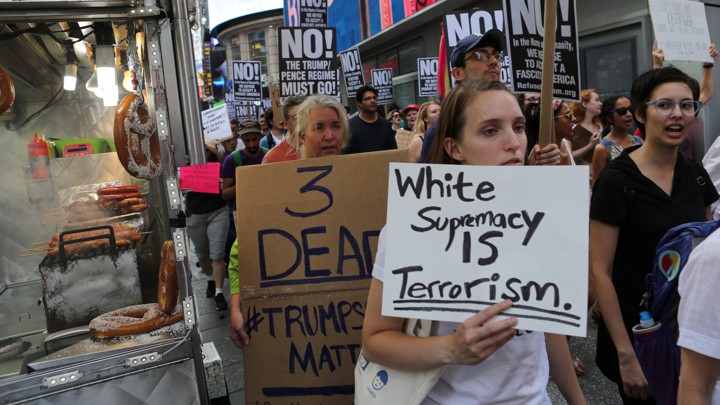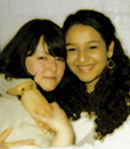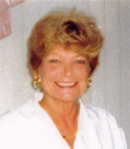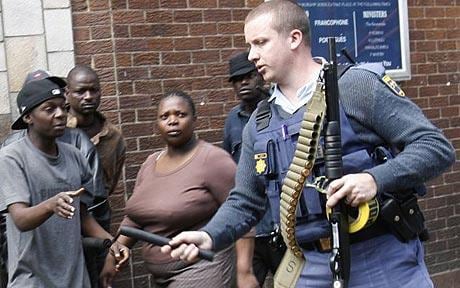
Mental illness keeps being raised as a factor in mass shootings. But we need to stop using mental illness as a scapegoat.
Mass shootings in the U.S. are a specific phenomenon highly correlated with misogynist violence against women — as fantasy or as reality — and with racism, specifically white nationalism. The majority of mass shooters show one or both of these characteristics. They are not mentally ill; they have deeply warped political and social views that have long festered in our country. They are also not lone wolves, for each has been connected to like-minded groups, whether on the internet, in neo-nazi orgs, or other forums. There is even a forum where the shooters are heroes and wannabe shooters boast that they will have higher kill rates. These forums are also full of white nationalist talk and misogynistic talk.
Mental health care and gun control — as desperately needed as they are — will not adequately address the crisis of mass shootings. Rooting out these white nationalists and misogynists is necessary. Categorizing them as the violent and terrorist organizations that they are and treating them accordingly would be a step in the right direction.
What is stopping us other than our collective reluctance to face the ugly truth?
(Photo Credit: The Atlantic / Joe Penney / Reuters)




